No products
Prices are tax included
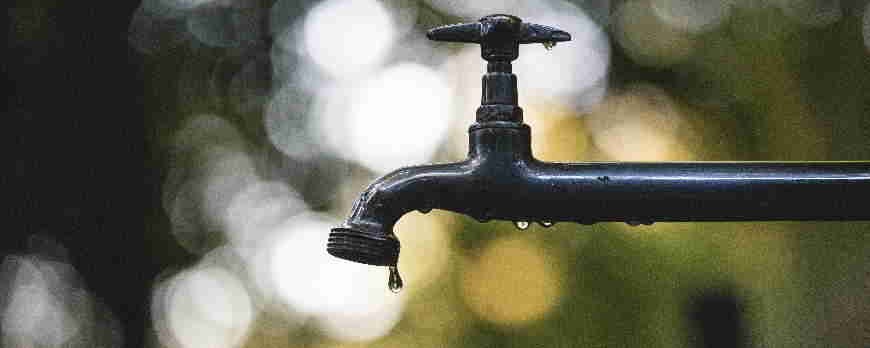
Water softener or scale remover part 1
Why would you need a water softener or anti-scale?
What can be expected from an anti limescale treatment is the disappearance of the annoying effects of limescale.
Finished:
- hard to clean white streaks on the taps
- the limestone that prevents our faucets from working properly...
- over-consumption of water
- the limestone plates on the resistances of our household appliances
- the unnecessary expenditure of current due to the bad heat diffusion of the resistors
- the cost of anti-limescale chemicals
- the water heater that fills with limescale and will have to be changed prematurely
- the itching and the itchy skin!!!!
- less use of fabric softener, soap, shampoo...
Indeed the limestone and an encrusting material that will stick to everything it encounters.
Those are the main reasons, but...
Can you get a return on your investment?
Yes, but you have to choose !!! and choose what ?
There are several criteria that will determine the success and profitability of your project:
- The choice of the company
- the choice of system
- efficiency
- guarantees
- the final price
1 The choice of company
If you have the opportunity to meet the "salesman" of a large company, he will of course give you an idyllic picture of the product he is going to offer you. He's doing his job. If on top of that he is salaried, he doesn't really have a choice about what he sells if he wants to eat at the end of the month! So he's going to explain a truth that's often exaggerated to get you to "pass the buck."
A company to pay the charges and its employees have to pay astronomical sums today.
On the other hand, there are the operating costs:
- truck
- storage
- electricity, water, telephone
- supplies
- advertising
- documentations
- the boss's salary and the managers' salaries...
It is the choice of some people, and I respect this choice insofar as many will feel reassured by a large structure, but it will often be wiser to work with a small company that will inevitably have lower costs and equivalent guarantees, as we will see later on.
The bigger a company is, the more margins it has to make. A big company will try to relaunch you on a regular basis, to offer you maintenance contracts, new products etc... this is also what some people may find painful. You may also have the feeling that prices can vary considerably from one customer to another, that's why it's important to see the official prices that a company has on its catalogue.
The cheapest solution will therefore be to choose a good product and install it yourself, that's for sure.
You can also go through an independent fitter (your plumber if he accepts...) who will only charge you for his labour and travel. That's how you will be able to really know the right price of the material you buy without everything else... A plumbing contractor will also be a good choice to keep your expenses under control.
2 Choosing the anti-scale system
Salt water softener
A softener is an anti-limescale !!! This system is a traditional technique which works thanks to a resin on which are fixed sodium ions (Na+). The calcium ions (Ca2+) of the hard water are exchanged during their passage on the resin by Na+ ions. When all the Na+ ions in the resin are consumed, the softener must be regenerated. A sodium chloride solution rich in Na+ ions is then added. The calcium ions (Ca2+) are drained off with the rinsing water.
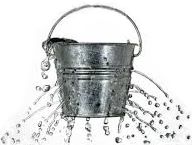
Water consumption
At each stage of the process, water is discharged to the sewer, about 10% of the water consumed for chronometric devices, 8 to 9% for volumetric ones and more depending on the age of the device. This is a significant additional consumption.
In a household of 4 people the average national water consumption is 170 m3/year or 170,000 litres).
Volumetric softener = regeneration according to the volume of water used.
Chronological softener = regeneration by triggering a clock every 2 to 3 days whatever the use .
A hardness regulator at the output of the appliance will allow the correct rebalancing of the limescale level.
Health effects of sodium
You will have understood that this system, to rinse the resins, will increase the salt content in the water. However, some people believe that this increase in sodium content is not considered sufficient to prevent consumption. Others believe that any increase, even a small one, is bad for your health (harmful in case of high blood pressure...). No independent studies have been conducted to prove the safety of this over-consumption of salt. However, many manufacturers recommend a water circuit independent of the softener so that the water to be drunk is not treated.
.
Effect of salt on the environment
Salt can find its way into the environment in different ways, the first of which comes to mind is use on the road. There are no studies that have yet been conducted on the amount and impact that salt from softeners could have if every household was equipped with them.
However, the impact of salting on the environment is undeniable.
Example: on biodiversity, official studies have shown that salt affects wildlife shelters, that it contributes to the formation of an asphyxiating paste for plant roots and that it is found in lake water.
One of the main objectives of the GERD is to be part of environmental reforms, particularly in this area. Their conclusion is that it is indeed no longer possible to continue to put salt in the quantities previously used.
Effect of salt on pipes
What is called fresh water is actually more acidic water with a lower ph and th. According to the CNRS for a healthy person there is no danger in drinking hard water. Contrary to what is often asserted, the presence of calcium ions in the water even tends to reduce the risk of kidney stones.
Conversely, water that is too soft is corrosive and corrodes the walls of the pipes, causing them to leak. Bacteria grow preferentially at leakage and corrosion points. In addition, corrosion increases the concentration of copper, tin or lead in the water, depending on the material of which the pipes are made, all of which are harmful to consumption. Water that is too soft is therefore water that contributes to the degradation of water quality in the pipes.
To both protect equipment from fouling and maintain the quality of the water during distribution, the water must therefore be just hard enough for a protective layer of calcium carbonate to be deposited on the walls of the pipes, isolating them from the transported water.
In conclusion
It is an effective system that is rooted in business and consumer practices. Nevertheless, it is still an old system whose effects on health and the environment are not neutral. The cost of installation and maintenance is not to its advantage either:
- clogging problem and annual verification required
- Monthly manual salt filling operation to be provided
- provide on average 150 € of annual maintenance including salt
- additional water consumption between 40 and 70€ maxi (partially compensated for leaks in an old installation)
- Savings on household products of around 30 € per year
For an installation do not count less than 2200 euros for a basic installed system. The prices can go up according to the seller !!!
You can install it yourself, starting at 850€ for the right material and depending on the adaptation you will need at least 100 euros of accessories + pre-filter... count between 1000 and 1200 €.
It's neither the cheapest nor the best!
Leave a CommentLeave a Reply
Blog archives
Blog categories
Latest Comments
-
Biopur habitat
on Softener and anti-scale Part 2, co2 softener -
Biopur habitat
on Water Softener and Limescale Remover Part 3,... -
Biopur habitat
on Which water filter pitcher, osmosis or water...


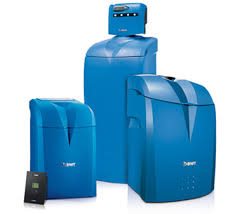

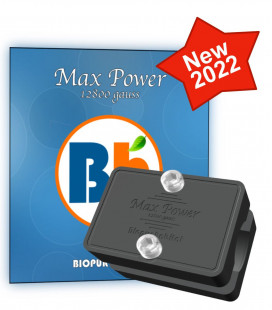
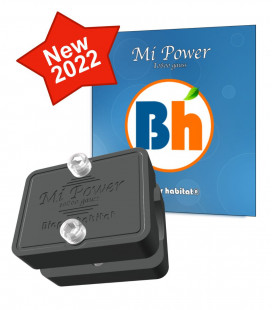
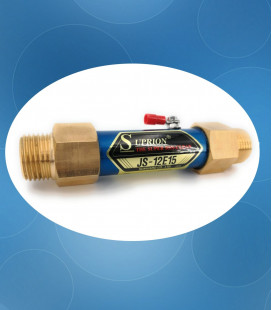
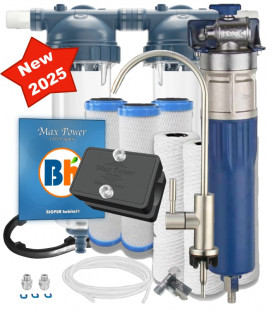
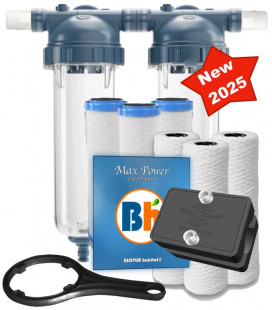
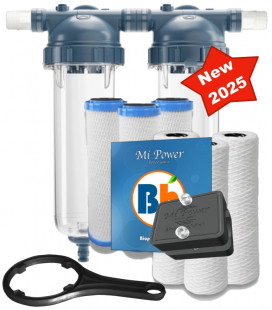
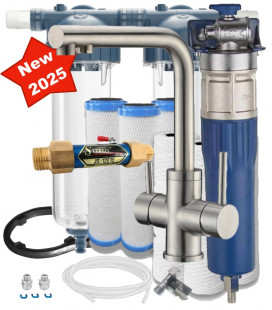

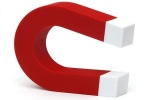



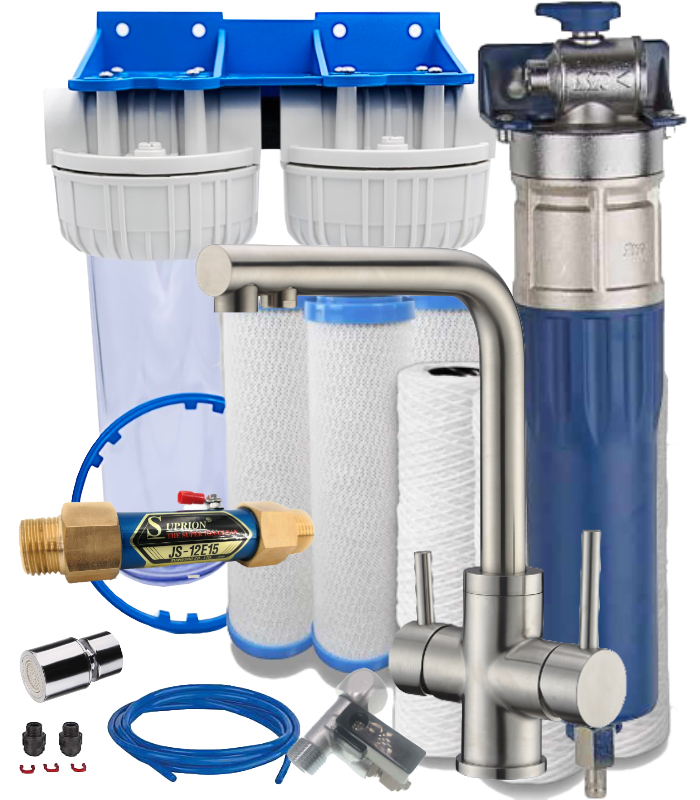
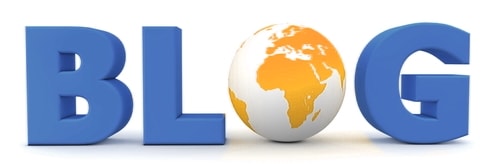
2 Comments
Bertran 2018-08-23 Reply
Merci beaucoup pour ces infos qui remettent sérieusement en question le choix que j'allais faire.Johnc726 2017-12-19 Reply
You could certainly see your skills within the work you write. The world hopes for more passionate writers like you who arent afraid to say how they believe. Always follow your heart.